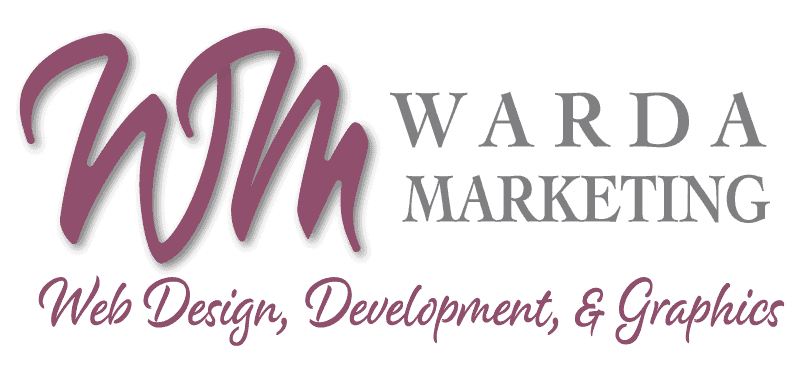A strong brand identity is essential for any business looking to make a lasting impression in a competitive market. It’s the face of your company, the visual representation that communicates your values, personality, and mission to your target audience. In this blog, we’ll take you through the intricate process of developing a brand identity, focusing on key elements like logos, color palettes, and visual guidelines.
Defining Your Brand
Before diving into design, it’s crucial to understand your brand thoroughly. What is your company’s mission, values, and unique selling points? Who is your target audience? What emotions or messages do you want your brand to convey? Defining your brand’s essence will serve as the foundation for all your design choices.
Logo Design
Your logo is the most recognizable element of your brand identity. It should be simple, memorable, and distinctive. Here’s the process:
Conceptualization: Begin with brainstorming sessions, sketching ideas, and exploring various concepts that align with your brand’s values.
Typography: Choose the right font that resonates with your brand’s personality, whether it’s modern, elegant, or playful.
Graphics: Incorporate graphics or icons that symbolize your brand’s essence. These elements should be relevant and meaningful.
Color Selection: Select colors that evoke the desired emotions and fit your brand’s identity. We’ll delve into this in more detail later.
Color Palette
Color has a profound psychological impact and plays a significant role in brand recognition. Here’s how to choose a color palette:
Research: Study color psychology and understand how different colors are perceived. For example, blue may represent trust and reliability, while red can symbolize energy and passion.
Consistency: Pick a primary color and a set of complementary colors that harmonize with your primary choice. Ensure these colors are consistent across all your brand materials.
Testing: Test your color palette in various contexts to ensure it’s visually appealing and accessible.
Visual Guidelines
Visual guidelines, often compiled in a brand style guide, serve as a roadmap for maintaining brand consistency. It includes:
Logo Usage: Specify the correct proportions, spacing, and clear space around the logo. Define when and how to use the primary and secondary logos.
Color Codes: Provide the precise color codes (hex, RGB, CMYK) for your color palette. Include guidelines on how to use colors in different contexts, such as digital and print materials.
Typography: Detail the fonts and their usage – which font is for headlines, body text, and any other specific applications.
Imagery: Define the style of imagery that aligns with your brand. This could include photography guidelines, image filters, or specific graphic elements.
Testing and Feedback
Once you’ve developed your brand identity elements, it’s crucial to test them with your target audience or a focus group. Collect feedback and make necessary adjustments to ensure your brand identity resonates with your audience and effectively communicates your message.
 Conclusion
Conclusion
Developing a brand identity is a complex and creative process that requires a deep understanding of your brand’s essence and a keen eye for design. A well-crafted brand identity, including logos, color palettes, and visual guidelines, will not only make your brand memorable but also help establish trust and loyalty with your audience. Invest the time and effort in crafting a compelling brand identity, and it will pay off in the long run as you build a strong and recognizable brand presence in the market.

